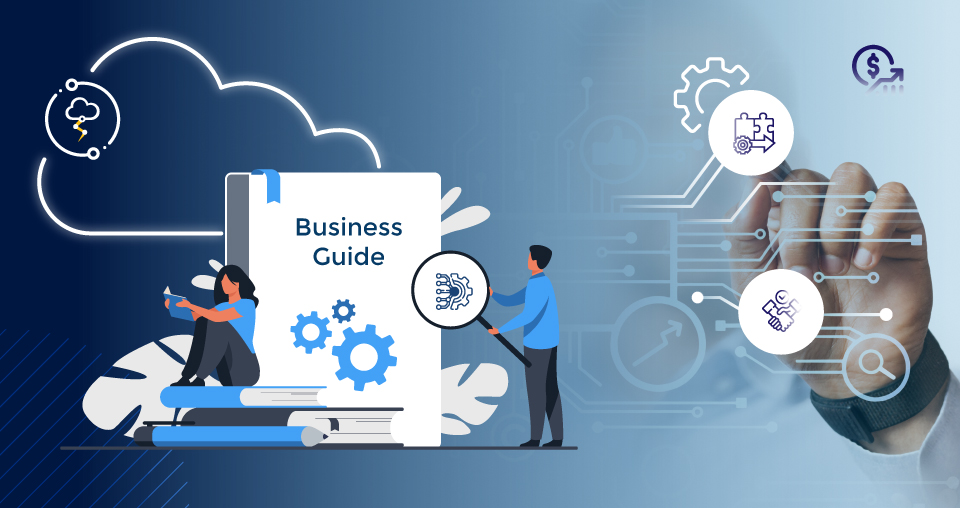
Paying adequate attention to the Salesforce CPQ implementation is critical to ensuring that data and functionality across Products, Opportunities, Assets, Contracts and other object data are migrated properly. To maintain the sanctity of data, functionalities, and records, changes need to be accounted for in the core objects that impact business processes.
Based on our experience as a full-solution Systems Integration Partner for Salesforce, when implementing CPQ, the ‘right’ approach to data migration makes all the difference. The below-mentioned migration methodology has helped all our clients to achieve success in their migration endeavours during Salesforce CPQ implementation.
Tried and tested data migration methodologies for Salesforce CPQ include:
- Moving master data between environments
This approach focuses on moving changes between environments to eventually deploy the master data in the production environment. Here the master data is tested, moved to the business testing phase, and then finally deployed in the production stage.
- Migrating Legacy Data
Here, the legacy data is moved from the old system to the new system. The success of this methodology is reliant on the following prerequisites:
-
- Perform data analysis of the existing data & identify the exceptions, if any
- Ensure the data confirms to the new processes
- Make sure data quality metrics are identified and impacts are considered
- Data model changes need to be accounted for in core objects
- All dependencies are migrated with the data
Diligently performing the data analysis and data model changes will lead to a successful and 100% data migration. Review one such data migration case study performed by Forsys for a private aviation company.
- Data Mapping and Transformation
This approach comprises the process of matching the data fields/points in the old system with those in the new system. Here, ETL tools are used to bridge the difference between two systems/data models and to enable correct movement from the source to the destination database.
- Slicing and Dicing the Data to Build Repeatable Processes
It refers to a systematic method of curtailing a complete data set into smaller chunks to gain in-depth understanding and enable analysis from different viewpoints. Slicing and dicing are integral to data analysis and building repeatable processes.
We suggest including logic in the table mapping to ensure everything stays in one place. Also, take notes on the deployment to have a step-by-step process ready during production when tables need to be imported in a particular order.
- Data validation
Testing and validating the data before migration helps in understanding how the data will flow to the new system and identifies pre-existing issues in the data/flows.
Speaking from an expert standpoint of executing 200+ engagements in Salesforce CPQ, Billing, Order Management, CRM, CLM, Revenue & Digital Commerce across industries, the use of the in-house bolt-on solution, FloData, has helped customers to undertake the transition with minimal risk of disruption or inaccuracies.
Advantages of using FloData include:
- Convert data pipelines along with source-target mappings.
- Transport transformation logic from legacy databases.
- Leverage the power of pre-built connectors for every data source.
- Automated data integration pipelines with standardized schemas.
- Deploy and operationalize integrations in the cloud or on-prem or on both.
Considering that data migration can consume as much as 60% of the total labor during Salesforce deployment, the steps we follow when migrating data during Salesforce CPQ implementation include:
- Disable the CPQ triggers before implementation.
- Source and destination environments have the same version of the Managed package configured.
- Global picklist values coincide in the source and destination environments.
- Clean the data in the source and destination orgs to identify and remove any redundant data.
- If Multi-Currency is used, enable it in the destination organization and ensure that the currency ISO codes match.
- Enable Standard Price Book as active in the Salesforce destination organization.
- Decide and confirm the deployment order of the data sets.
- Enable the price rules as active only after completing deployment.
- Re-enable triggers in the destination org post-installation.
- Run post-migration scripts to find and resolve issues.
To get more insights into Salesforce CPQ data migration tips and how to do it in real-time, watch the video.
About Forsys
Forsys is a leading Salesforce partner with expertise in designing, implementing, and driving transformational experiences harnessing Salesforce technology. Our joint solutions enable businesses to deliver engaging, personalized, and memorable experiences across the customer journey. Our experience in 200+ Salesforce engagements is backed by deep industry insight, proven customer solutions experience, and Salesforce know-how.
To deep dive into our Salesforce expertise and how our solutions offer a 1:1 customer experience at scale, talk to our experts.

